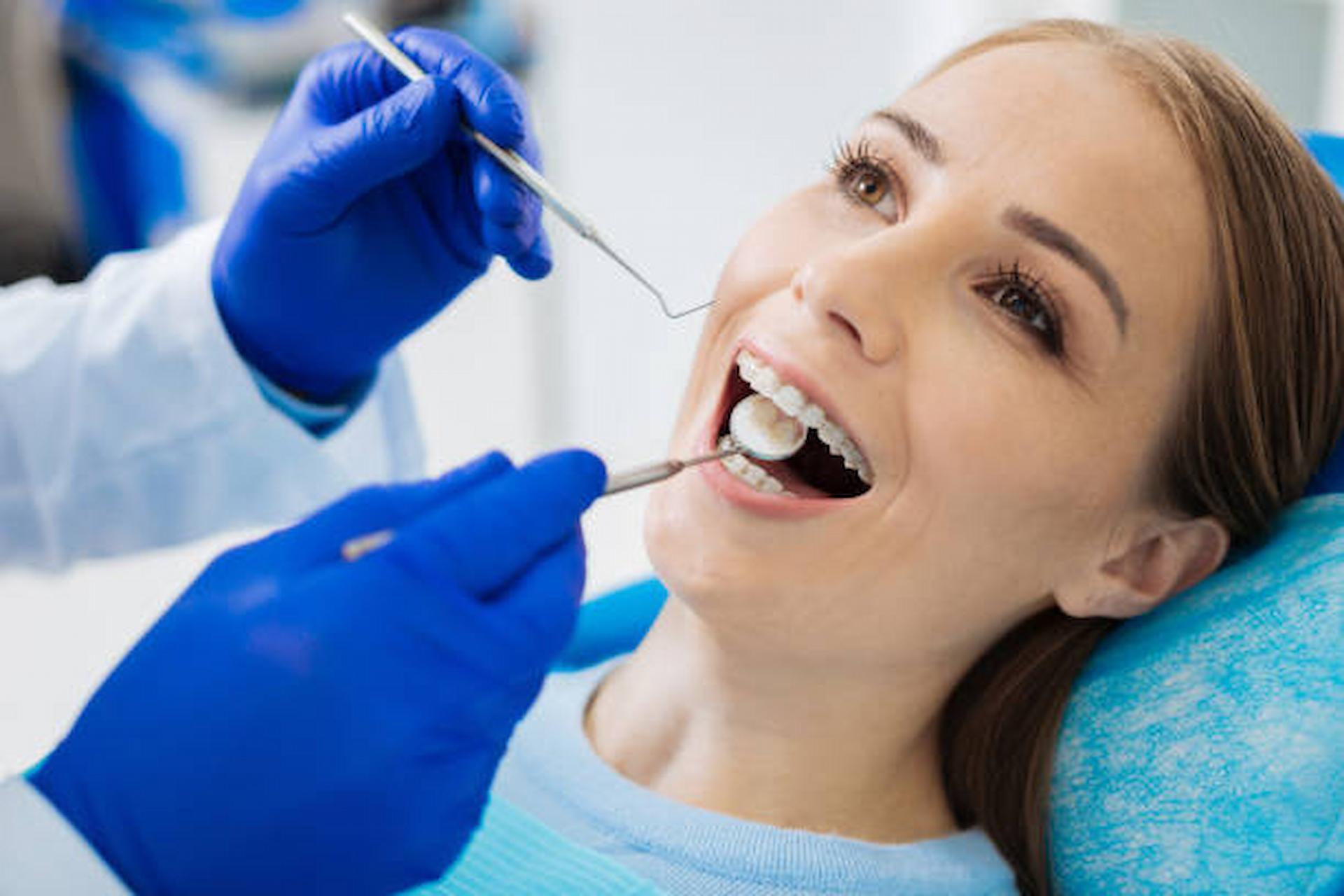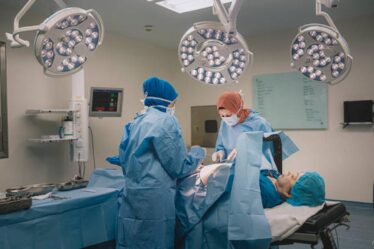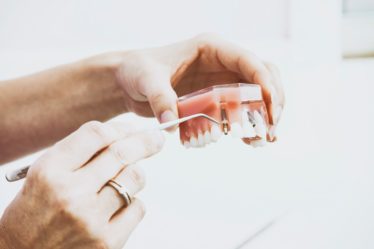
Having teeth that don’t fit together correctly can cause a whole host of problems not just with the teeth themselves, but also with the gums, jaw joints and muscles.
Dental occlusion is the name given to the way that the teeth meet when the jaw comes together in different ways when performing functions such as speaking, chewing and biting. Misalignment issues can cause severe complications not just for your oral health but also a number of unwanted conditions, problems, side effects and symptoms.
Malocclusion
With the ideal occlusion, teeth fit without any spacing or crowding issues and the upper teeth should slightly overlap those on the lower jaw, enough that the pointed ridges of the molars fit into the groves of those opposite.
Malocclusion is the term for a bite that deviates from the ideal occlusion and can come in a variety of forms, types and severity as well as causing different symptoms, some of which typically include;
- Toothache
- Receding gums
- Worn teeth
- Fillings that fracture or crowns that loosen
- Clenching or grinding teeth
- Headaches and migraines
- Loose teeth
- Tenderness when biting
- Cracked or fractured teeth
- Ringing or buzzing in the ears
- Pain in the jaw, neck or shoulders
- Difficulty opening or closing the mouth
Types Of Occlusal Problems
There are a number of different occlusal issues that can be causing unwanted symptoms and side effects. Here are some of the most common types of malocclusions and the recommended treatments to help resolve them.
Overcrowding
Probably the most common issue seen by dentists, overcrowding occurs when there is not enough space for the teeth, the teeth are too large or the mouth is too small, causing them to overlap and become crooked. Depending on the individual patient and their unique dental needs the treatment options can include braces, palate expanders or tooth extraction. In some cases where these are not an option, surgery may be required in order to achieve the desired results.
Overbite
Having the top front teeth overlap the lower ones slightly is ideal but an increased overbite can cause a number of problems such as weak gums, rapid tooth wear, eating difficulties and damage to the enamel. The recommended treatment will likely be orthodontics to help move the teeth into a better position.
Underbite
The opposite of an overbite, this is when the lower jaw overlaps the upper jaw, causing the lower teeth to jut out and the chin to protrude. Over time this can lead to enamel damage, pressure on the jaw joints and extensive wear on the teeth. Braces will likely be the best treatment for patients with an underbite.
Crossbite
This can occur two ways – a posterior crossbite which is when the upper teeth fit inside the lower teeth and with an anterior crossbite it’s the exact opposite. This can happen on one or both sides of the jaw and affect all types of teeth and one or several at a time. This type of malocclusion would likely see good results from braces or Invisalign, or in severe cases jaw realignment surgery.
These are just some of the many different types of occlusal issues that dentists see and treat every day. If you are concerned about your teeth or are suffering from unwanted symptoms then book an appointment to see your dentist straight away so they can resolve the issue as quickly as possible.



